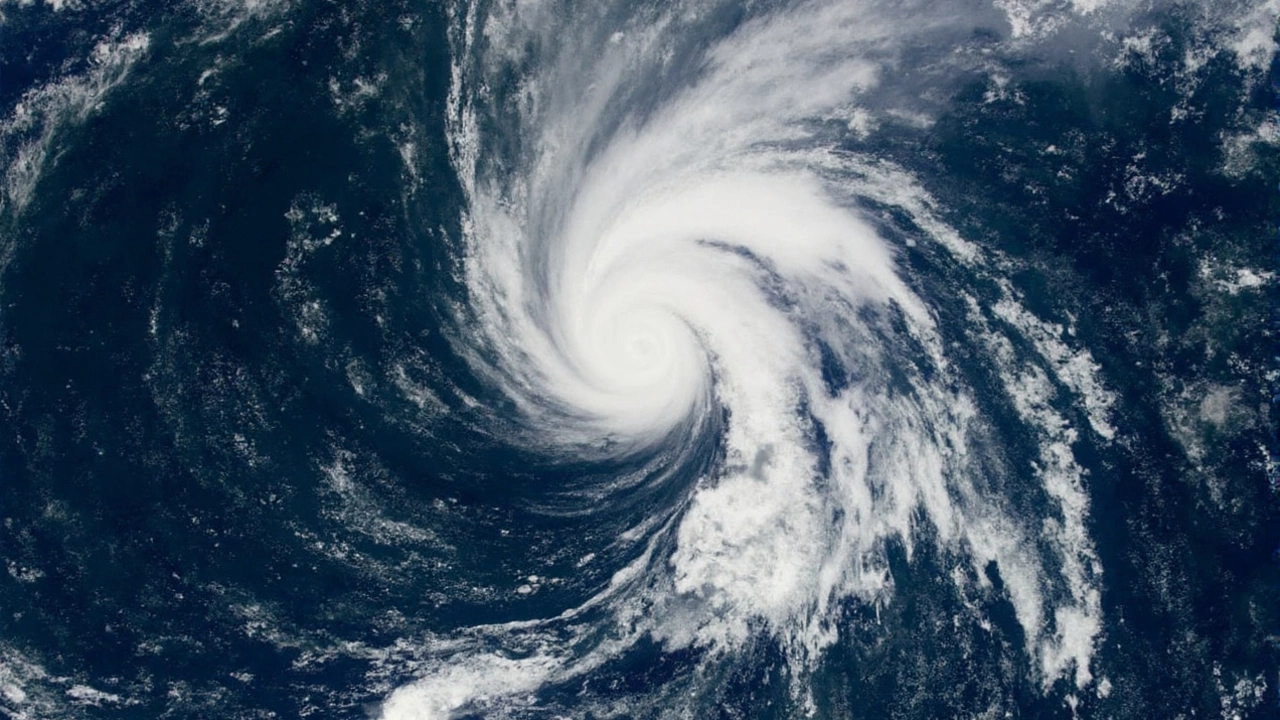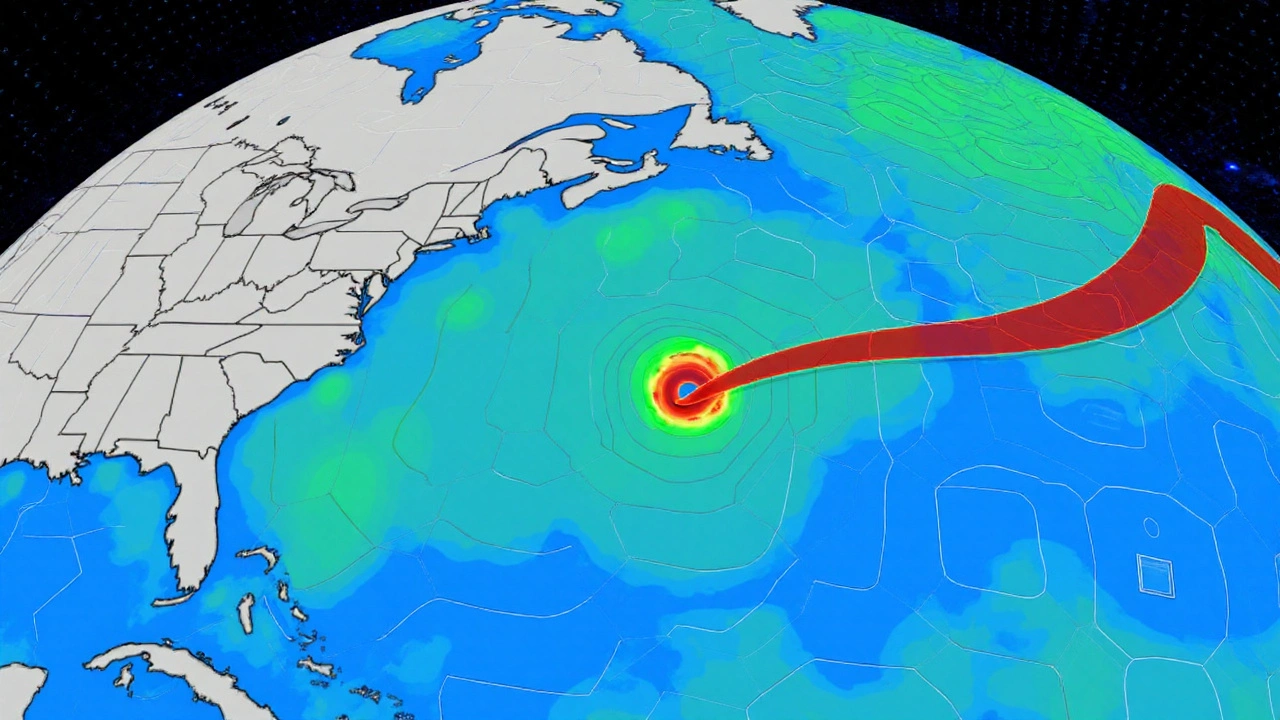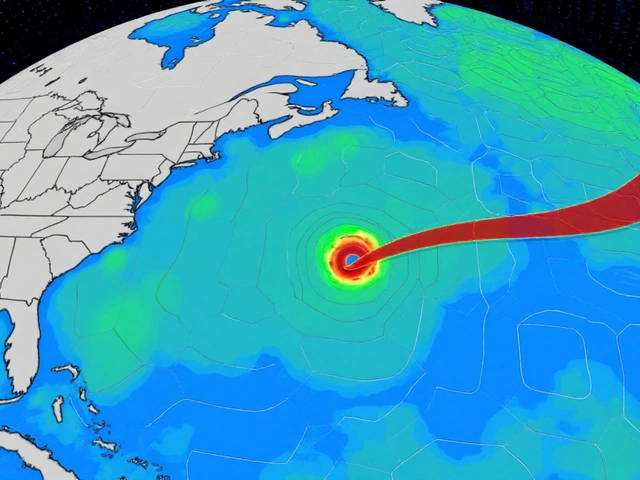Massive Swells Reach the Entire Eastern Seaboard
The Atlantic is roiled by Hurricane Gabrielle, now packing sustained winds of 140 mph. While the storm circles 180 miles southeast of Bermuda, its energy is being transferred into ocean swells that are pounding beaches from the Carolinas up through New England and even touching Atlantic Canada.
These swells are not just big – they’re fast, steep and capable of creating life‑threatening surf. Beaches that usually see gentle breakers are now reporting wave heights of 8 to 12 feet, and the force behind them is spawning strong rip currents that can pull even strong swimmers out to sea.
Coastal authorities from North Carolina to Massachusetts have issued urgent warnings. The National Hurricane Center says the hazardous water conditions will stick around into early next week, even as Gabrielle veers farther northeast. The storm’s core is expected to miss Bermuda, but the island still feels gusty winds and intermittent rain as the outer bands brush past.
Marine operators are also on alert. Fishing boats, recreational yachts and offshore platforms are advised to stay clear of the high‑energy zones until the surf calms. Models show the storm maintaining its strength for several more days, meaning the swell‑generated threats could persist well beyond the storm’s closest point to land.

Precautions for Beachgoers and Coastal Communities
Local officials are urging anyone near the water to act conservatively. Here’s what experts recommend:
- Stay out of the water if you see signs of rip currents – the water may look calm, but the danger is hidden.
- If you’re caught in a current, don’t try to swim directly back; instead, move parallel to the shore until you’re out of the pull.
- Check the latest local forecasts before heading to the beach; conditions can change rapidly within minutes.
- Avoid beach rentals, paddle‑boards and surfboards in exposed areas until warnings are lifted.
- Keep an eye on local news and the National Weather Service for real‑time updates.
Coastal towns are also preparing for secondary impacts. Beach erosion, flooded boardwalks and debris washed ashore are already being reported in parts of Virginia and Rhode Island. Emergency managers are staging sandbags and readying rescue teams should a rip‑current incident occur.
Historically, storms of Gabrielle’s intensity have left lingering surf hazards for days after the eye passes. The 2012 Hurricane Sandy, for example, generated dangerous surf along the Mid‑Atlantic for nearly a week. With Gabrielle, the pattern looks similar: even as the hurricane slides farther into the North Atlantic, the ocean will keep echoing its power.
For now, the safest bet is to keep a wide berth from the surf, stay informed, and heed any evacuation or beach‑closure orders that local officials issue. The storm may be offshore, but its ripple effect is being felt all along the East Coast.






